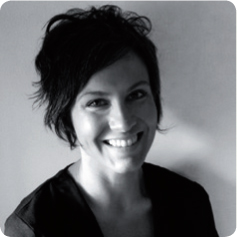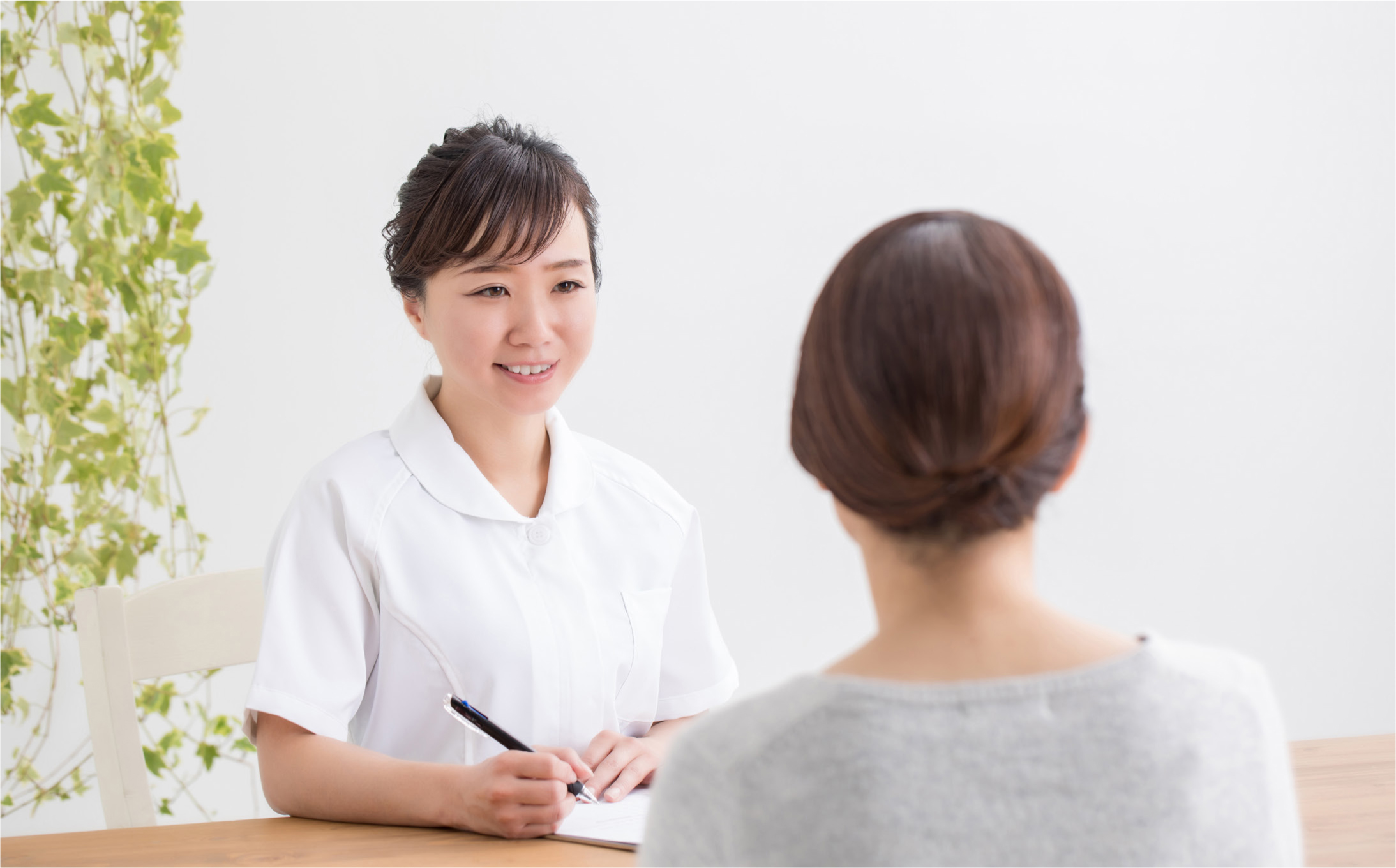References
The challenges and limitations of isolated practice in aesthetic medicine

Abstract
A challenge often encountered by practitioners of aesthetic medicine is the isolated setting of clinical environments, as many nurses practise independently. Anna Baker discusses the hurdles and how to overcome them

 In the world of aesthetic practice, it is common for nurses to work in isolation within their clinical environments. This is proven to be a challenge, as it can often act as a hurdle for building relationships and accessing peer support
In the world of aesthetic practice, it is common for nurses to work in isolation within their clinical environments. This is proven to be a challenge, as it can often act as a hurdle for building relationships and accessing peer support
It has been a busy and productive start to 2020 for the British Association of Cosmetic Nurses (BACN), as we continue to develop a number of exciting projects for the membership, such as the work being undertaken by the Education and Training Committee. The major project for this year is the development of a ‘Career Framework’ for Aesthetic Nurses and as part of this work, we are updating the aesthetic nurse competencies. A strong theme throughout these competencies is the focus on instilling best practice against defined standards, through adopting a safe approach, underpinned by evidence, which are key factors for aesthetic nurses to aspire to.
Register now to continue reading
Thank you for visiting Journal of Aesthetic Nurses and reading some of our peer-reviewed resources for aesthetic nurses. To read more, please register today. You’ll enjoy the following great benefits:
What's included
-
Limited access to clinical or professional articles
-
New content and clinical newsletter updates each month


